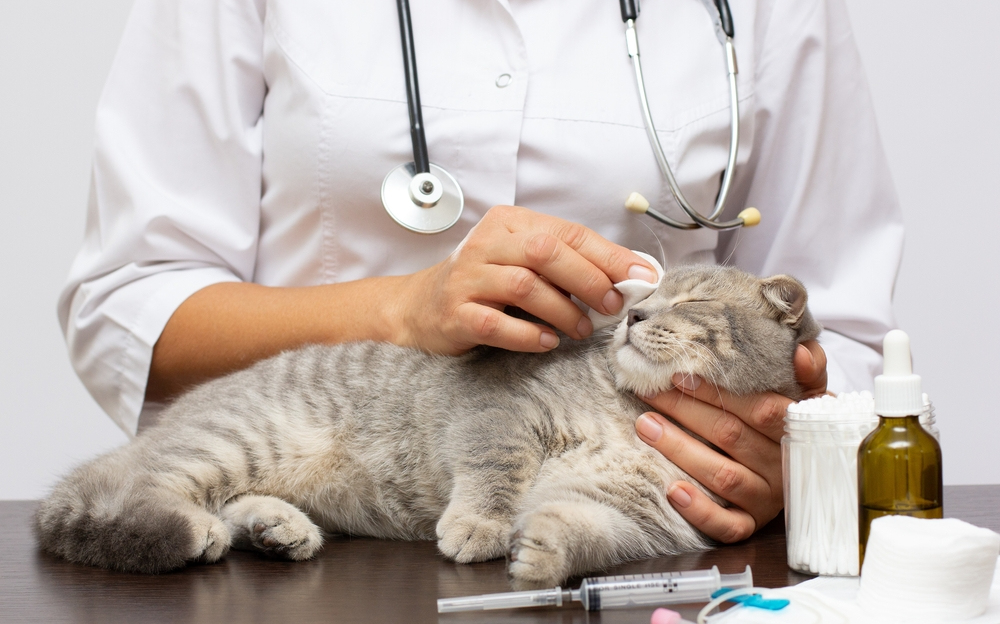Arsenic is a notorious environmental contaminant that poses a serious risk to animal health. Found in various pesticides, herbicides, and industrial waste, arsenic can cause acute or chronic poisoning in animals, depending on the form and exposure level. Understanding arsenic’s sources, mechanism of action, and clinical presentation is essential for agriculture and veterinary students preparing for thesis work, Master’s entrance exams, or Public Service Commission (PSC) tests in Nepal.
Sources of Arsenic Exposure in Animals
Animals can be poisoned through multiple sources, particularly in agricultural settings:
- Pesticides and Herbicides: Sodium and potassium arsenite used in insecticides and weed control.
- Contaminated Herbage: Lead arsenite and calcium arsenite in pastures.
- Household Products: Paints containing arsenic trioxide.
- Water Supply: Naturally arsenic-contaminated drinking water, a concern in some areas of Nepal.
- Animal Feed: Poultry additives or accidental ingestion of rat bait.
- Industrial Waste: Runoff into pasture land.
- Medicinal Overdose: Misuse of compounds like Acetarsol or Arsphenamide.
Toxic Doses in Different Species
| Species | Sodium Arsenite (Na-As) | Arsenic Trioxide |
|---|---|---|
| Cattle | 1–4 g | 15–45 g |
| Horses | 1–5 g | 10–45 g |
| Sheep & Goats | 0.5 g | 1–3 g |
| Poultry | 0.01–0.1 g | 0.05–0.3 g |
Toxicokinetics of Arsenic
- Absorption: Soluble arsenic compounds are rapidly absorbed via oral ingestion.
- Distribution: Concentrates in the liver, kidneys, lungs, heart, and over time in hair, hooves, and skin.
- Metabolism and Excretion: Excreted through urine, mostly in inorganic or methylated forms.
Mechanism of Action
Arsenic primarily disrupts cellular metabolism via:
- Binding to sulfhydryl (-SH) groups: Inactivates critical enzymes like pyruvate dehydrogenase.
- Inhibition of oxidative phosphorylation: Leads to decreased ATP production.
- Reactive oxygen species (ROS) generation: Causes oxidative stress and cell damage.
- Vascular damage: Increases capillary permeability, leading to hypotension and potentially sudden death.
- GI Irritation: Arsenic irritates the mucosal lining, causing severe digestive symptoms.
Clinical Signs of Arsenic Poisoning
Acute Poisoning (Onset: 30 mins to a few hours):
- Sudden death
- Severe abdominal pain (colic)
- Weakness, tremors, ataxia
- Profuse salivation
- Hemorrhagic diarrhea with mucosal shreds
- Vomiting (in dogs; cats may die despite vomiting)
- Rapid heart rate, collapse, death
Subacute Poisoning:
- Depression, anorexia
- Watery diarrhea
- Polyuria/Polydipsia to anuria
- Paraparesis and stupor
- Death
Chronic toxicity is rare in animals.

Post-Mortem Lesions of arsenic poisoning
- Rose-red inflammation in GI tract
- Hemorrhages in liver, heart, and spleen
- Edematous, congested lungs
- Blood extravasation in intestines

Diagnosis
- History of exposure (e.g., pesticide use, water source)
- Rapid onset of severe GI signs
- Postmortem findings
- Laboratory:
- Arsenic levels >10 ppm in feed, liver, kidney, or urine
- Blood tests: Azotemia, elevated BUN and creatinine, anemia
Treatment Protocol
- Remove the Source immediately.
- Prevent Further Absorption:
- Induce vomiting
- Gastric lavage
- Activated charcoal (10 ml slurry/kg or 1–4 g/kg BW orally)
- Cathartics (mineral oil, saline purgatives)
- Neutralization:
- Sodium thiosulfate (20–30 g in 300 ml water orally)
- Chelation Therapy:
- BAL (Dimercaprol): 3 mg/kg IM every 4 hours
- Succimer (DMSA): Effective but expensive
- Supportive Care:
- Manage acidosis, hypocalcemia, and hypokalemia
- Blood transfusions if needed
Prognosis: Poor to guarded, especially in acute cases.
Differential Diagnoses (DDx) of arsenic poisoning
- Thallium poisoning
- Lead toxicity
- Caustic ingestion
Want to dive deeper into veterinary toxicology, research writing, or thesis preparation?
Join our full Dissertation Writing Series at Pedigogy.com — tailored for Nepali agri and vet students preparing for thesis, Master’s entrance, or PSC exams. You can also Enroll in the full course of Pharmacology here:https://pedigogy.com/courses/veterinary-pharmacology/


